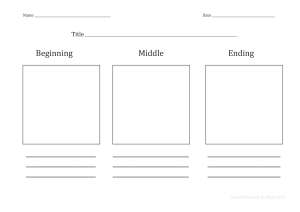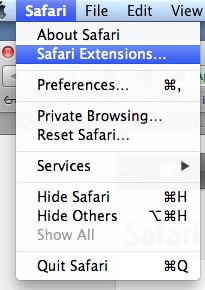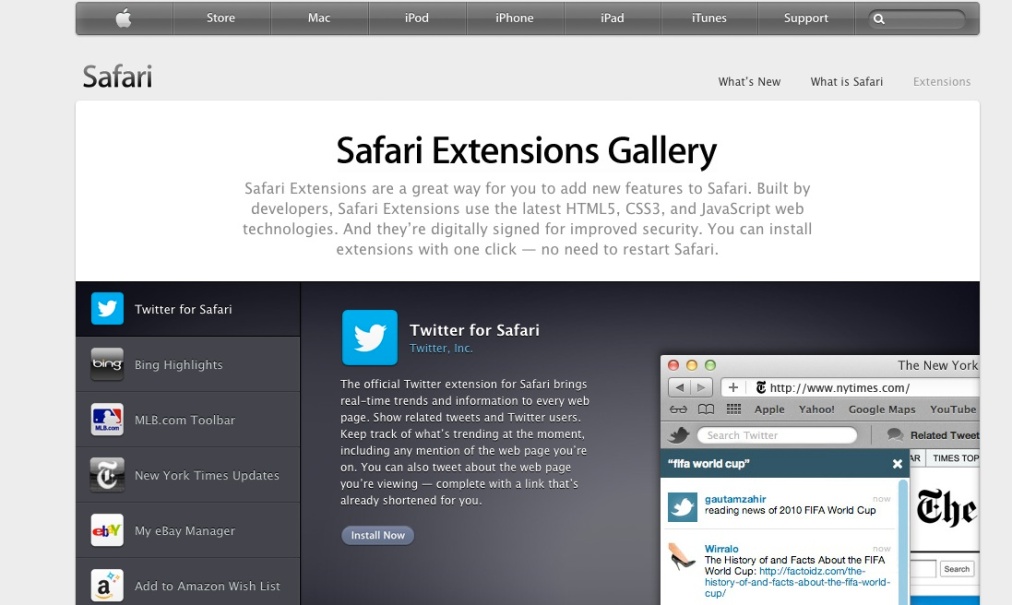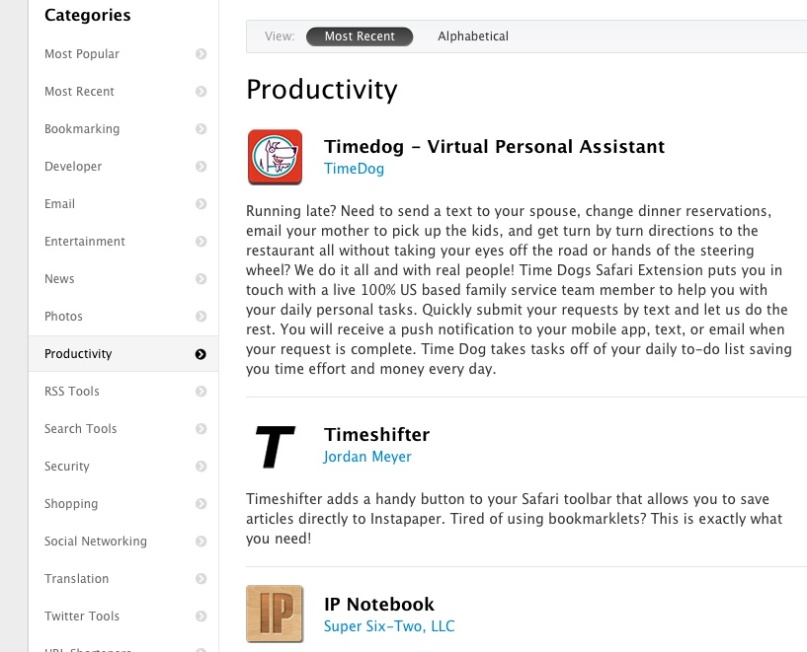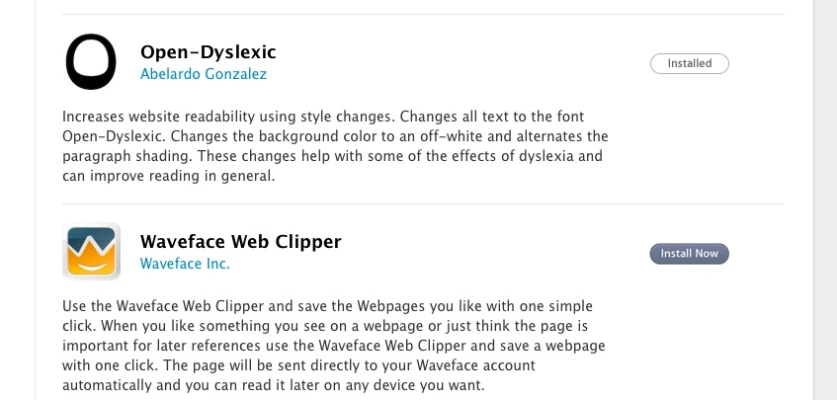
Classroom management is about students meeting expectations. However, often students are unaware of what the specific expectations are really are.
“Pay attention.”
A phrase I’ve heard directed to students, or used to describe students. “They can’t seem to pay attention.”
However, unless students are completely aware of what the expectations are, they will continue to fail to meet your expectations of them.
If your expectation is for students to walk in the hall, don’t tell them to “Stop running.” You are giving them the excuse to skip, crawl, gallop, or summersault their way to recess. Instead, make the expectation clear “Walk in the hallway.” You’re not only prompting a change in the behavior, but you are letting them know clearly what you expect.
One way to make expectations more concrete, is to discuss what an activity, environment, or behavior, should look like, and sound like.

Teacher: “When we are on the carpet, and the teacher is reading a book to the class, what should it look like?”
If necessary, model this by having the conversation while you are sitting with your class in a circle, on the carpet with a book in hand. Talk about what it should, but also should not look like. Why should it look this way?
Teacher: “What happens if someone else, besides the teacher is talking when you are trying to listen to the story?”
This is also a great opportunity to talk about making mistakes, and how we help those who have made a mistake. Brainstorm ways to support each other even when they may be doing something that makes you mad or frustrated.
Teacher: “Maybe someone if talking and not following our classroom rules/expectations, what can you do to help them remember? Remember, we all make mistakes.”
The following pdf can be used to have students work on creating their own looks like, sounds like chart. However this can be done as a whole group (using an interactive board or chart paper), in small groups, partners, or even individually. This could also be used as a reflection activity for a student who is struggling to meet the expectations.
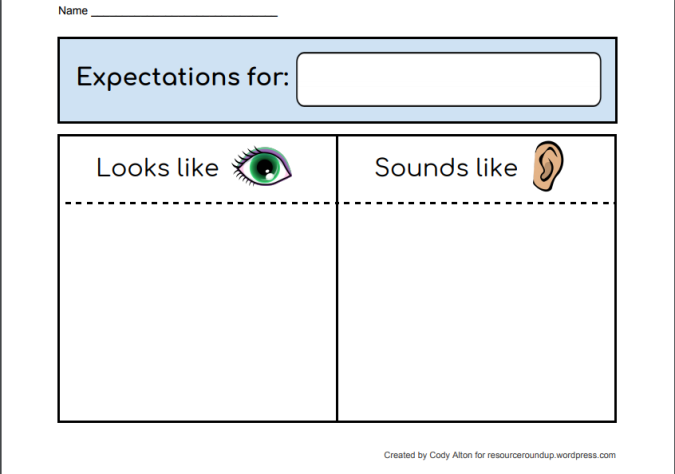
Remember that once this is done as a class, a reminder of the looks like, sounds like expectations before starting an activity can take a minute, but save you ten in the end.
